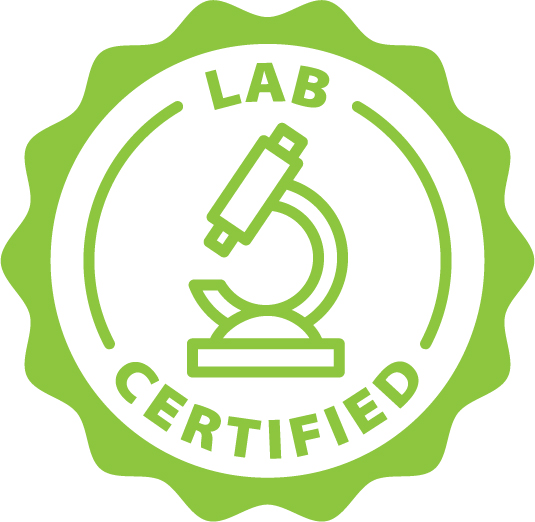Understanding Test Results
 Before a licensed retailer can sell a cannabis product to a consumer, the product must be tested by a certified cannabis laboratory to make sure it is safe to consume. Certain items are harmful to consume. By testing the product, the risk to the public's health is limited.
Before a licensed retailer can sell a cannabis product to a consumer, the product must be tested by a certified cannabis laboratory to make sure it is safe to consume. Certain items are harmful to consume. By testing the product, the risk to the public's health is limited.
As a consumer, you have the right to ask a retailer to provide the test results for a product you want to buy. It is called a Certificate of Analysis (COA), and it can help you make an informed choice.
All products receive the testing shown in the chart below. Medically compliant products are also tested for heavy metals, and they must be free of all pesticides. More information about the medical cannabis program and medically compliant products is on the. Department of Health website.
This chart explains what tests are required and why they are important. An “action limit” is defined as: the percentage of a substance at which it may pose a health hazard, and therefore action must be taken to eliminate the health risk.
| Test | Why |
| Water activity | Ensures the product’s moisture level is not susceptible to mold. |
| Potency analysis | Provides THC and CBD potency. |
| Foreign matter inspection | Ensures that the product does not have large stems, seeds, or non-plant-based matter (e.g., insect fragment, hair, etc.) above the action limits.. |
| Microbiological screening | Ensures the product does not have bacteria such as E. Coli or Salmonella above the action limits. |
| Mycotoxin screening | Ensures the product does not have harmful molds or fungi above the action limits. |
| Pesticide screening | Ensures that if any pesticides were used, they are below the action limits. For more information about pesticide testing and action levels, see WAC 314-55-108. |
| Residual solvent screening | Ensures that any solvent residue, such as butane and other hydrocarbons, from making a concentrate is below the action limits. |